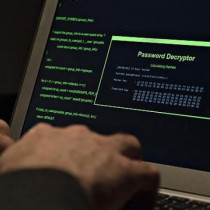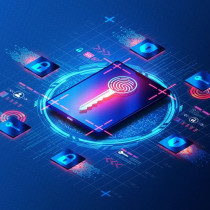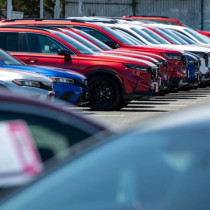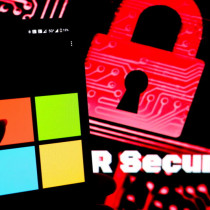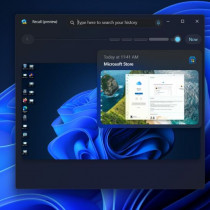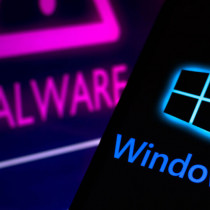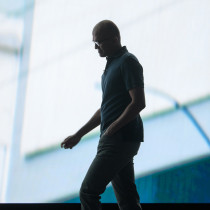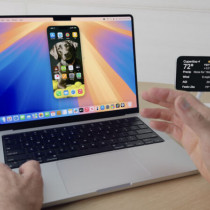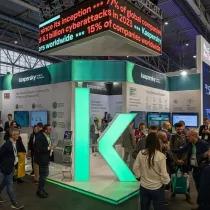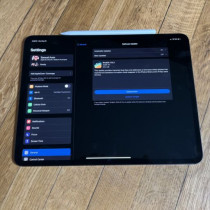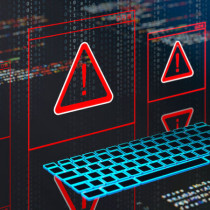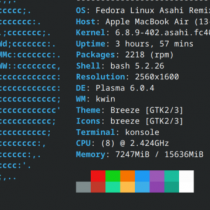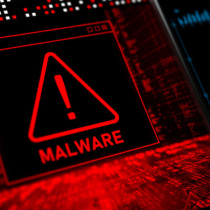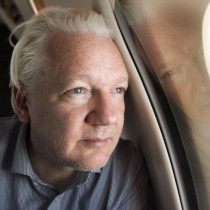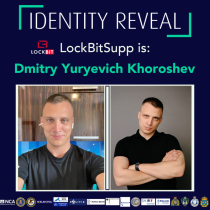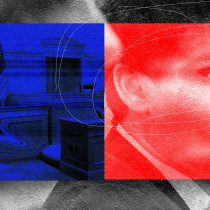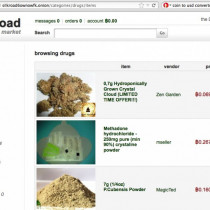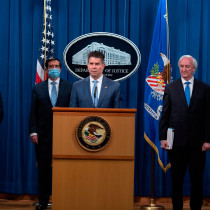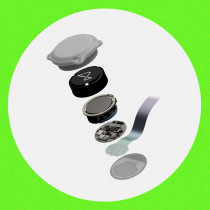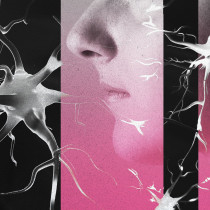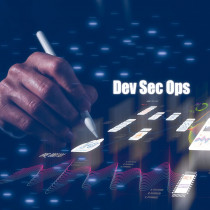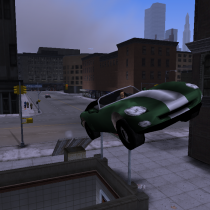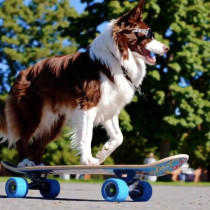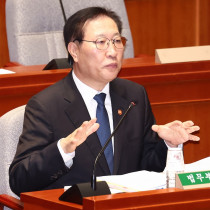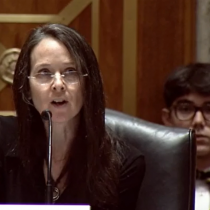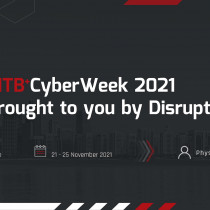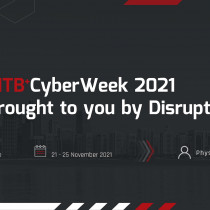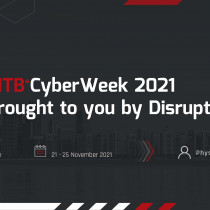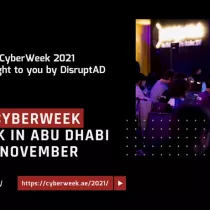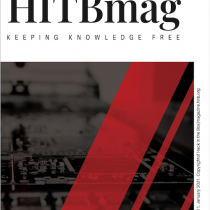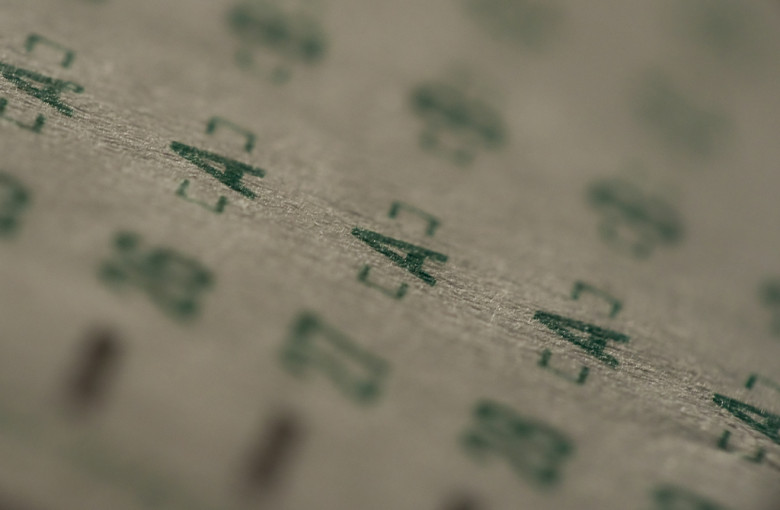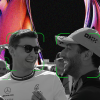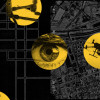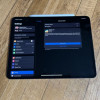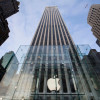Researchers undercut anonymity of voting, test-taking
At some point in your life you've probably been asked to take out a #2 pencil and fill in a series of numbered ovals. This method for gathering standardized data is widely used in elections, tests, and surveys, and it's generally considered to be anonymous: if you don't put your name at the top, you don't expect your answers can be traced back to you.
New research from Princeton University calls that assumption into question. A team led by computer science professor (and current Chief Technologist of the Federal Trade Commission) Ed Felten has demonstrated software techniques for re-identification of respondents using only images of their filled-in bubbles. Their technology has both benign uses—detecting cheating in standardized tests—and malicious ones like undermining the secret ballot.
Co-author Will Clarkson described the group's findings in a Tuesday blog post. The researchers obtained copies of surveys completed by 92 different high school students, which they scanned with a high-resolution scanner. A labeled subset of the bubbles—12 bubbles from each respondent—was used to train a classifier that used a combination of machine learning techniques described in the research paper. This classifier was then given the remainder of the bubbles—8 from each respondent—and the classifier was asked to re-identify them. It was surprisingly accurate. It got the right answer on the first try (out of 92 options) more than half the time. And the correct answer was on its top ten list more than 90 percent of the time.

